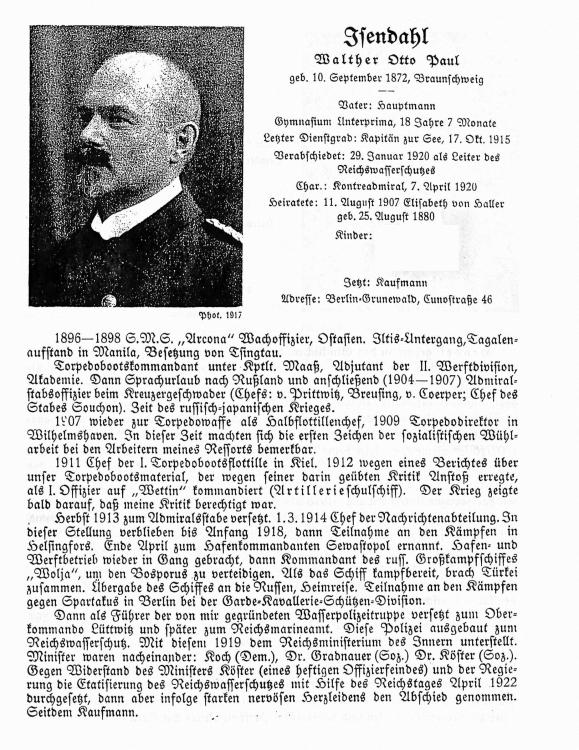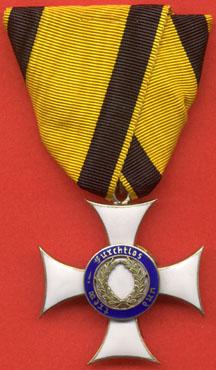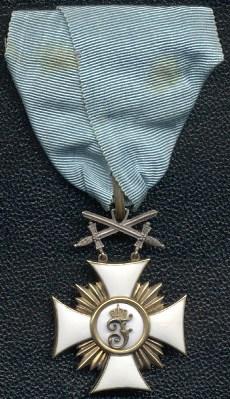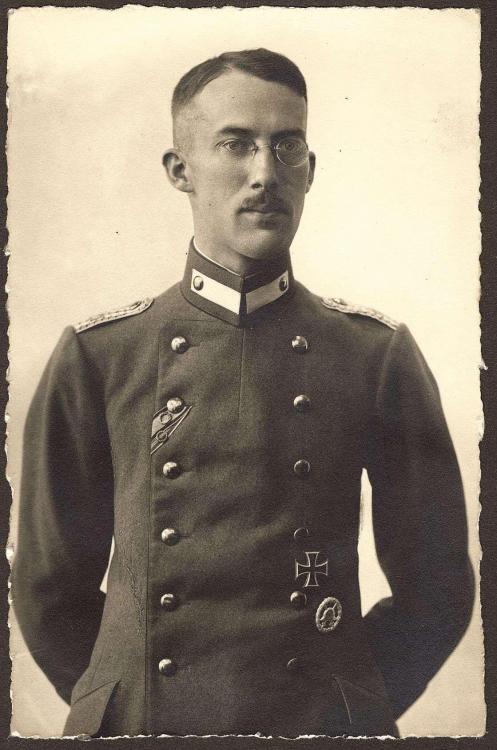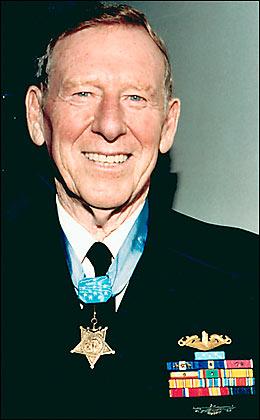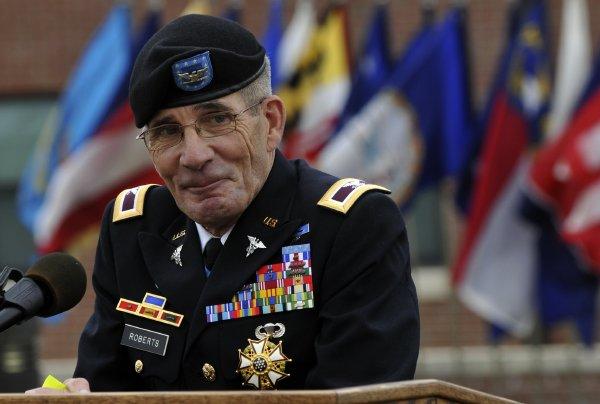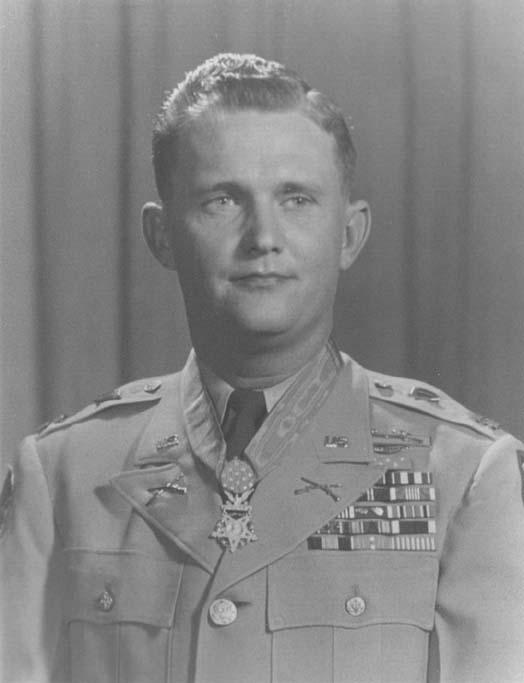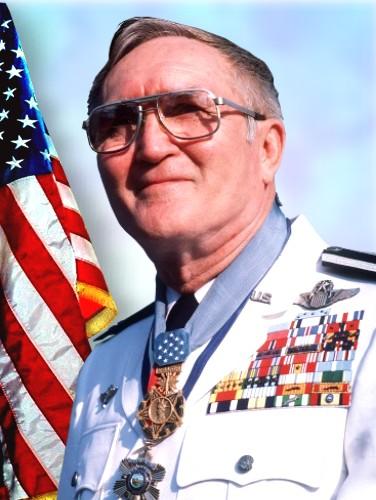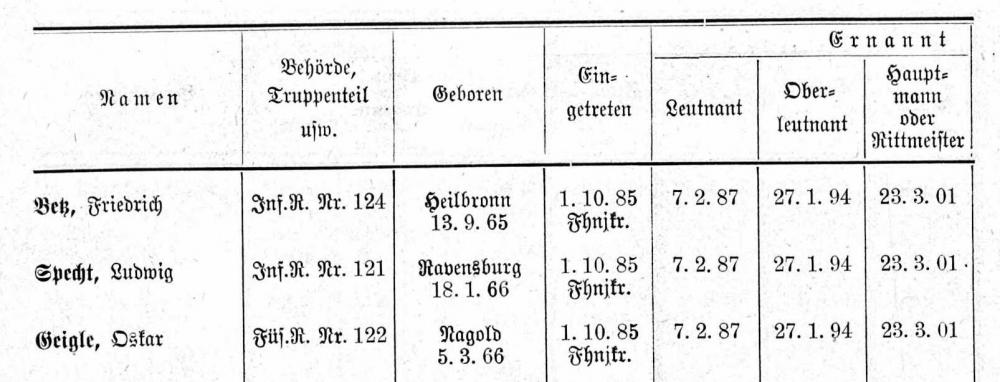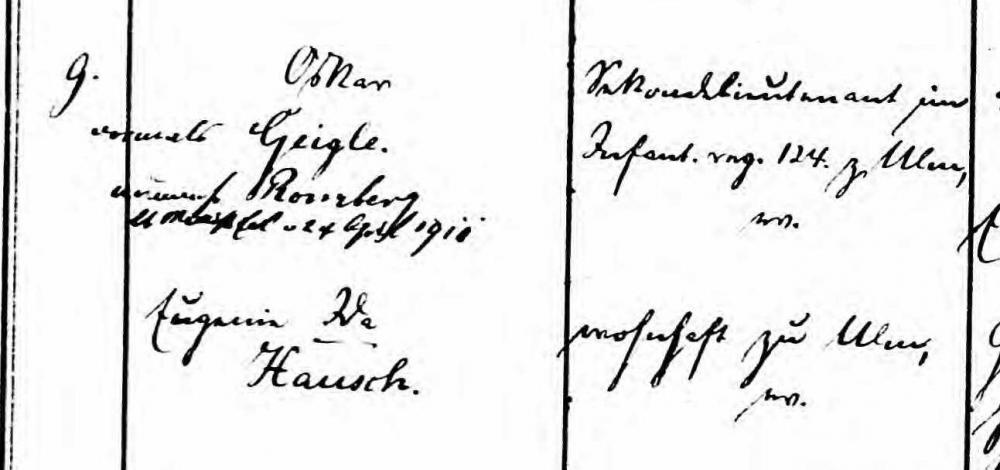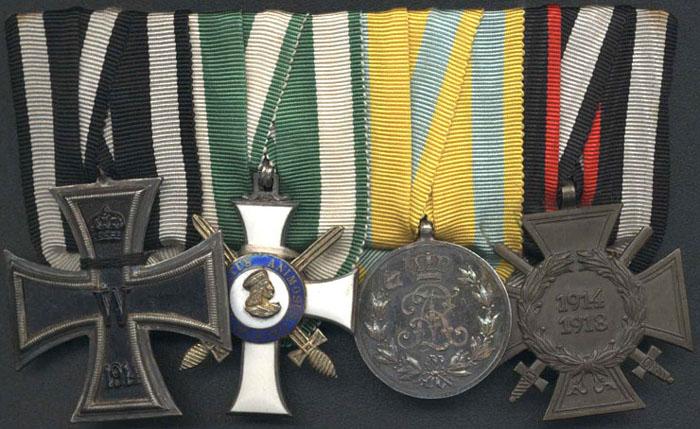-
Posts
4,908 -
Joined
-
Last visited
-
Days Won
97
Content Type
Profiles
Forums
Blogs
Gallery
Events
Store
Everything posted by Dave Danner
-
I am not sure if Navy officers received the 1905 jubilee medal. It was the Jubilee Medal for the Bavarian Army, and the Bavarian regulations published in 1905 do not mention the Navy at all. That said, the 1911 regulations do not mention the Navy either, though they do mention the Schutztruppe. I also have not been able to find any authorizing regulations in the Marine-Verordnungsblatt. The criteria for awards of Landesorden to Navy personnel are somewhat muddy. Sometimes it seems you had to be a native of the state, but sometimes awards were made to personnel serving on ships "associated" with the state, like the SMS Bayern, SMS München, SMS Nürnberg, etc. for Bavaria. Since jubilee medals are not usually included in rank lists, they are even harder to track unless the regulations are clear.
-

Placement of the MOH on a ribbon bar
Dave Danner replied to Wessel Gordon's topic in United States of America
https://www.dvidshub.net/news/88793/medal-honor-recipient-retires-after-44-years-service https://www.dvidshub.net/image/585361/medal-honor-recipient-retires-after-44-years-service -
Here is August Möbus. I am trying to remember if I've ever seen the Austro-Hungarian Militärverdienstkreuz worn as a buttonhole decoration by a German officer. Together with the Württemberg Militärverdienstorden with its wreath, it makes for a nice combination and an interesting photo, at least to me. http://www.landesarchiv-bw.de/plink/?f=1-336731-1
-
It is the Komtur II. Klasse if the Friedrichs-Orden. No breast star. The WF2aX was probably an error in the rank list. The third decoration on the medal bar is the Dienstauszeichnungskreuz. His KO3 was replaced by the KO2X. I think you are correct about the last three being the China-Denkmünze, presumably in Stahl, the Centenary, and the Albrechtsorden. The medal 5th from last may be Finnish, but I can't be sure. As for the cross or whatever it is after that and before the China-DM, I have no idea. It does not appear to be the Stanislaus or Anna.
-
Roth looked at regimental histories where the total number of awards were given, and found that roughly 86% were before 1918. He applied that number to the known totals from 1914-17, and with some additional information, made his rough estimate. As Daniel said, there was a drop-off in 1918 for some officer awards. For comparison, here are the year-by-year award numbers for Schwarzburg-Sondershausen: 1914 - 43 1915 - 259 1916 - 147 1917 - 116 1918 - 103 It is likely that the numbers for 1916 and 1917 would have been higher, but Sondershausen rejected many award recommendations to Leutnants who already had the Medaille für Verdienst im Kriege before they were commissioned. It was not until late-1917 that they decided that this was unfair and approved such awards. Baden was the same, and many Baden officers had only a Silberne Verdienstmedaille am Bande des Karl Friedrich Militärverdienstordens earned before commissioning as Leutnants. Saxony, by contrast, never seemed to have a problem awarding the Albrechtsorden to Leutnants who already had the Friedrich-August-Medaille. Bavaria and Württemberg also awarded their basic officer awards to Leutnants who already had an enlisted/NCO award, although Württemberg often awarded the higher award in place of the lower one. For other states with separate officer and enlisted awards, such as Sachsen-Weimar, Reuß and Waldeck, there is not enough data. We know of officers who received both officer and enlisted awards, such as Adolf Heusinger, but we don't know if other officers were rejected because they already had an enlisted award.
-
Roth has 11267 awards from Saxon primary sources: 1914 - 470 1915 - 3169 1916 - 4256 1917 - 3172 1918 - 200 Based on the numbers of awards in previous years, and based on numbers given in various regimental histories, he guessed there were probably around 1720 awards for 1918, of which he only had the 200. If he was right, that would get you close to Daniel's 13,000 estimate.
-
Sascha, do you know what his primary sources were? In reviewing Wehrmacht personnel files, I have come across dozens of late war awards of both the Verdienstorden and Albrechtsorden with swords which were not in Roth. I believe that Roth primarily used the MVB, supplemented with secondary sources like regimental histories, which is why he was missing many late war awards. Similarly, for Baden, Roth primarily used the Staatsanzeiger, and was missing several hundred late war awards which I compiled from the actual BZ roll.
-
Sorry for the poor quality scan. Blame Google. Here is my question. By the length of the arms and the apparent lack of any war decoration wreath, it would seem that the final decoration here is the Marianerkreuz of the German Ritterorden. How does a Protestant Rechtsritter of the Johanniter-Orden also get this Catholic order? Am I mistaken about the requirements? Am I mistaken about the cross? Judging by the lack of the Offizierkreuz of the Albrechts-Orden, the picture dates from before 6 September 1917 and probably after December 1916, when Uslar-Gleichen took command of Jäger-Regiment Nr. 7. Thanks
-

Placement of the MOH on a ribbon bar
Dave Danner replied to Wessel Gordon's topic in United States of America
Generally, the ribbon is placed on the rack, but on a row by itself at the top. Here are some examples from different services and different eras: There are exceptions, where it was worn like a normal ribbon. See, for example, the various pictures of Jimmy Doolittle: https://commons.wikimedia.org/wiki/Category:James_Harold_Doolittle Also: -
And then you have a guy like Ludwig Schmidt of IR 120. He received the Gold MVM on 1.11.1914 as a Leutnant in Brigade-Ersatz-Bataillon 54. He was promoted to Oberleutnant on 24.12.1914 and Hauptmann on 5.10.1916. He received the Knight 1st Class with Swords of the Friedrichs-Orden in place of his Gold MVM on 20.2.1917, and he received the Military Merit Order in place of his Friedrichs-Orden on 22.7.1917. So three times decorated, with only one decoration to show for it. And then he received another award of the Friedrich Knight 1st Class on 24.4.1918. This time he kept the earlier award. So four times decorated, with two to show for it.
-
This is the kind of annoying research matter that drives me crazy. I imagine Rick would have really enjoyed getting annoyed by it as well, as well as solving it. Among Württemberg officers decorated in World War I is Major a.D. Oskar Romberg, who received the Knight's Cross with Swords of the Order of the Württemberg Crown on 18 February 1916 as Kommandant of mobile Bahnhofs-Kommandantur 3/XIII. According to the Militär-Wochenblatt, he also received the Iron Cross 2nd Class. So who was Oskar Romberg? In the Personal-Nachrichten in the Württemberg Militär-Verordnungsblatt for 1915, we find that Hauptmann a.D. Romberg was formerly in Infanterie-Regiment Nr. 180, and was given the Charakter of Major a.D. on 25 February 1915 while serving as Adjutant of the Landwehr-Inspektion Stuttgart. He then received a Patent as Major a.D. on 21 December 1915. Our next stop is the list of retired officers in the 1913 edition of the Militärhandbuch des Königreichs Württemberg: So, we find that Oskar Romberg, born in 1866, was promoted to Hauptmann on 23 March 1901, and left active duty on 20 March 1911. That means that the last edition of the Prussian Army rank list in which he would appear is 1910 (the rank lists were usually published in May). We go to the 1910 rank list, and there is no Hauptmann Romberg. We check the personnel changes for IR 180 listed in the 1911 rank list, and there is no retirement of a Hauptmann Romberg shown: But wait! Who is this Hptm. Geigle, who did retire from IR 180 before May 1911? We go to an earlier (1908) edition of the Militärhandbuch des Königreichs Württemberg, and we find no Hauptmann Romberg with the 1901 date of rank shown in the 1913 edition, but we do have: Hmm. Hauptmann Oskar Geigle, with the same birth date and the same date of rank as Hauptmann a.D. Oskar Romberg. What a coincidence! Checking the Personal-Nachrichten in the Württemberg Militär-Verordnungsblatt for 1911, we have this personnel action dated 20 March 1911: And this personnel action dated 18 October 1911: Now as you have no doubt guessed, Geigle and Romberg are the same person. But the really annoying thing is that nowhere in the Württemberg Militär-Verordnungsblatt or the Prussian Militär-Wochenblatt or the rank list is this fact mentioned. Up to March 1911, he is Geigle. From October 1911 on, wherever he is mentioned, he is Romberg. The only direct confirmation I found that Geigle and Romberg are one and the same is this notation in the Ulm marriage register, which dates the name change to 24 April 1911, one month after he left active duty. Romberg, by the way, was his mother's maiden name. I wonder if someone has his medal bar somewhere. Oskar Geigle was a rather well-decorated peacetime officer, and Osker Romberg added a few war decorations.
-
Lieutenants typically received either the Golden Military Merit Medal or the Knight 2nd Class with Swords of the Friedrichs-Orden as their first wartime award, so the lack of an EK1 is not surprising. Following Württemberg practice, many of these would later be returned if the officer received a higher decoration such as the Military Merit Order. It's possible that it was a silver medal awarded before he was commissioned, but given the large number of gold medals to officers, and given that he is wearing the full medal while only the EK2 ribbon is being worn, a gold seems more likely.
-
It also depends on the "story" being told. As has been noted, many times assumptions are made which are not supported by the regulations for the medals, or by the award practice in the war. For example, regarding the Austro-Hungarian Militärverdienstkreuz, most were indeed awarded to officers serving alongside Austro-Hungarian units or in theaters like Italy, Galicia and the Balkans. However, many were awarded to officers on higher staffs wherever they served. And the decoration was commonly awarded to officers of GGR 2 simply because the Austrian Emperor was Chef of that regiment (although GGR 2 did serve in Galicia in 1915 and 1917). The owner of this medal bar received two Austro-Hungarian war decorations. The Militärverdienstkreuz was awarded to him as the Stabsoffizier der Telegraphentruppen in the 7.Armee on the Western Front. The Orden der Eisernen Krone was awarded as StoTel in the Bugarmee on the Eastern Front. Regarding Bulgarian awards, IR 72 spent the entire war on the Western Front. However, Tsar Ferdinand was the Chef of IR 72, so a large number of IR 72 officers and men received Bulgarian war decorations. I suspect they were also an exception to the "in theatre" rule VtwinVince mentions for the War Commemorative Medal, but maybe he can confirm. As an example of the assumptions we sometimes make which later prove wrong, I present the medal bar below. When I first posted this many, many years ago, I described it as "a cop from Meiningen". However, as I learned more about 1.WK awards, I found that the Ehrenmedaille für Verdienst im Kriege (SMM) was mostly awarded to citizens of Saxe-Meiningen, but there were a huge number of awards to other soldiers. Duke Bernhard of Saxe-Meiningen was the Chef of GR 10 and his wife Duchess Charlotte (sister of Wilhelm II) was Chefin of GR 11. There were well over 800 awards of the SMM to NCOs and soldiers in GR 10, GR 11 and their daughter formations like RIR 10 and RIR 11. So this medal bar could just as easily be to a "cop from Silesia". Bernhard was also Chef of IR 133 and à la suite LGR 100, but the Prussian Dienstauszeichnung and lack of a Saxon war decoration rules out a "cop from Saxony". As an example of some more limited assumptions we can make, below is another medal bar. There is not enough to attribute to a specific person, unit or theater, but there are some assumptions we can make. He was almost certainly a Saxon (the tag on the back is from a uniform shop in Dresden), and was commissioned during the war. He likely received the Silberne Friedrich-August Medaille as an NCO or Fähnrich, and the Albrechts-Orden as a Leutnant der Reserve or Leutnant. That's not much of a story, but it is a bit more than "here's these four medals on a bar".
-
Regulations were not always followed perfectly, but the Fürstlich Hohenzollernsches Ehrenkreuz ranked after the Prussian 25 jähr. Dienstauszeichnungskreuz or the Landwehr-Dienstauszeichnung 1.Klasse (but before the LD2 and various Prussian Kriegsdenkmünzen). So if precedence was properly followed, the missing decoration should be a Royal House Order (Königlich Hohenzollernscher Hausorden).
-
There are a number of possibilities. Besides the options already listed, you could be looking for a Regierungs- und Schulrat with the RAO4, KO3 and HOH3A. I came across one close match, with all the Prussian decorations and the Braunschweig Kriegsverdienstkreuz, except he had the Oldenburg Friedrich-August Kreuz and did not have the ÖM3K
-
I also noticed the lack of the Ottoman order. I have no idea why it's not there. If the photo / medal bar are post-Anschluß in 1938, an Austrian Kriegs-Erinnerungs-Medaille would be placed ahead of the Wehrmacht Dienstauszeichnungen. I would agree that the Hungarian and Bulgarian medals seem likely, but the picture is not clear enough to tell.


